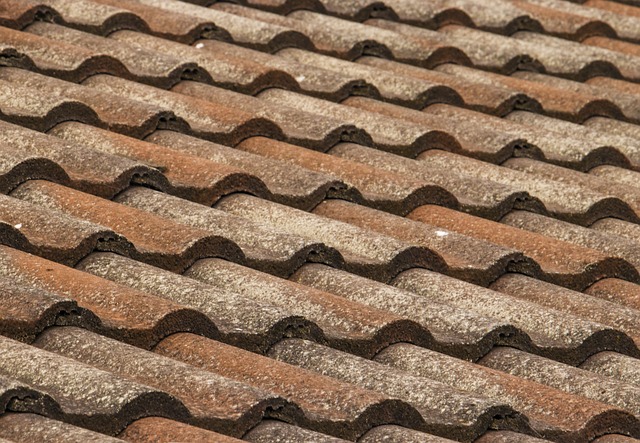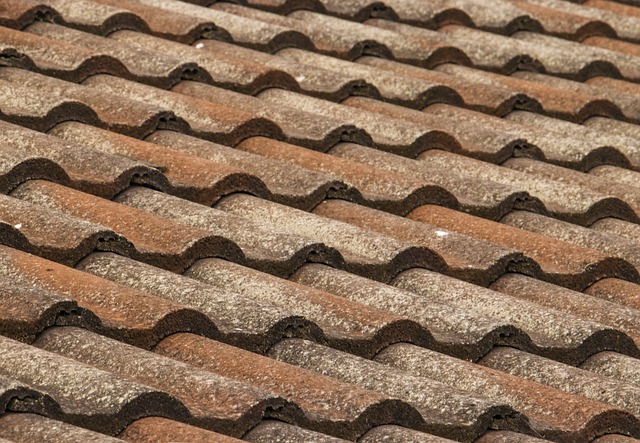Proactive property management in real estate, focusing on preventative measures like regular inspections and predictive maintenance using IoT sensors and machine learning, minimizes costly repairs, maximizes tenant satisfaction, enhances operational efficiency, and contributes to a positive reputation for sustainability and safety, ultimately increasing asset value and rental yields.
In today’s competitive real estate market, proactive care is transforming property management. It involves anticipating and addressing maintenance needs before they escalate, driving significant cost savings and enhancing asset value. This article explores the principles of proactive care, focusing on predictive maintenance strategies and their long-lasting benefits for real estate investors and homeowners alike. By implementing these practices, you can prevent costly issues, improve property longevity, and maximize rental income or home equity.
Understanding Proactive Care in Real Estate

In the dynamic landscape of real estate, proactive care stands as a game-changer for both property owners and investors. It involves a strategic approach to maintaining and enhancing properties, focusing on prevention rather than reaction. Unlike traditional reactive maintenance, which addresses issues only after they arise, proactive care predicts potential problems and takes measures to avoid costly repairs or disruptions.
This concept translates into regular inspections, scheduled maintenance routines, and quick responses to minor issues. By staying one step ahead of potential challenges, real estate professionals can ensure properties remain in excellent condition, increasing their value over time. Proactive care also fosters strong relationships between tenants and landlords, as it demonstrates a commitment to providing a safe, comfortable living environment.
Cost Savings Through Predictive Maintenance

In today’s digital era, real estate properties are increasingly adopting proactive care strategies, particularly through predictive maintenance. This approach leverages advanced technologies like IoT sensors and machine learning algorithms to monitor equipment performance in real-time. By analyzing this data, maintenance teams can predict potential failures before they occur, thereby significantly reducing unexpected breakdowns.
Costly issues such as extended downtime, emergency repairs, and replacement of worn-out parts are minimized. Predictive maintenance not only enhances operational efficiency but also saves substantial financial resources for property owners and managers in the long run. This proactive approach allows for better allocation of resources, ensuring that maintenance efforts are focused on areas where they are most needed, thus optimizing the overall management of real estate assets.
Long-Term Benefits of Preventative Measures

Proactive care in the real estate sector involves implementing preventative measures to maintain and enhance properties, which offers numerous long-term benefits. By prioritizing regular maintenance, landlords and property managers can prevent costly repairs and unexpected issues that may arise from neglecting a property’s needs. This approach ensures the longevity of the asset, as minor problems are addressed before escalating into major, expensive fixes.
Additionally, proactive care contributes to higher rental yields and tenant satisfaction. Well-maintained properties attract and retain tenants, leading to consistent income for investors. Preventative measures also create a healthier living environment, which is particularly important in today’s market where potential buyers and renters alike prioritize sustainability and safety. This strategy ultimately fosters a positive reputation for property owners, making their assets more desirable in the competitive real estate landscape.






